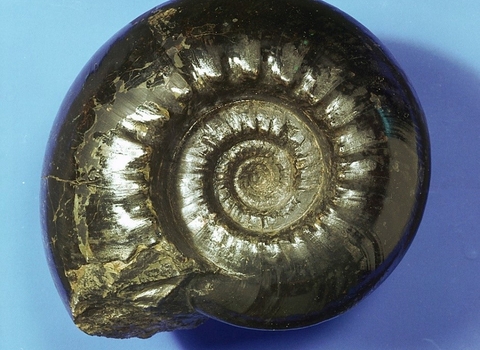What was it?
An animal that lived in a curled shell in the sea. A bit like the Nautilus today and a forerunner of ammonites which lived in Jurassic and later times.
How old is it?
Goniatites are first seen in Devonian rocks almost 400 million years old. They also lived in Carboniferous times where the evolution of their shape and shells means they are very useful for dating different periods of time. They died out in the Permian period – about 250 million years ago.
Where did it live?
It lived in the sea – we think its environment was open water, so not close to the shore but not the very deep oceans either.
Where are the fossils found?
The fossils are not commonly found, but do occur in Carboniferous rocks, often best preserved in mudstones and shales, but also in limestones. They have been identified across Northumberland from Greenhead in the west, to Mootlaw Quarry and on the coast.
Are these animals still alive today?
Not goniatites but a similar animal (also a cephalopod) is the nautilus.

